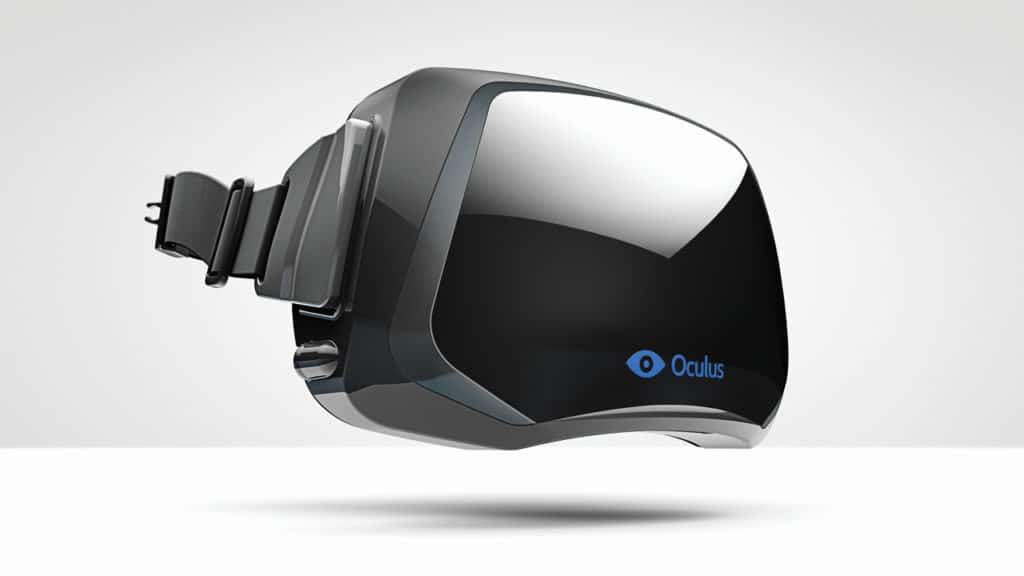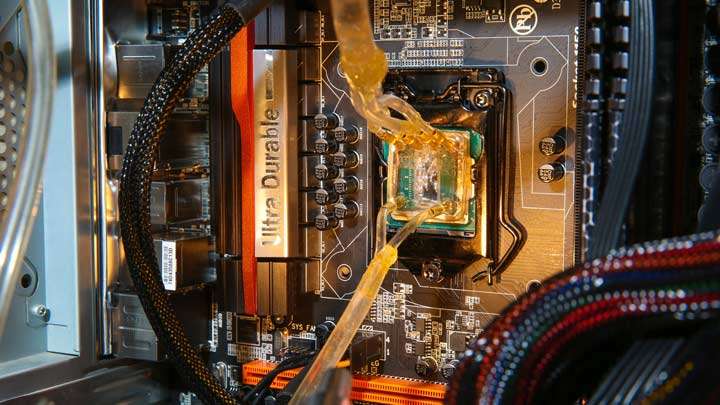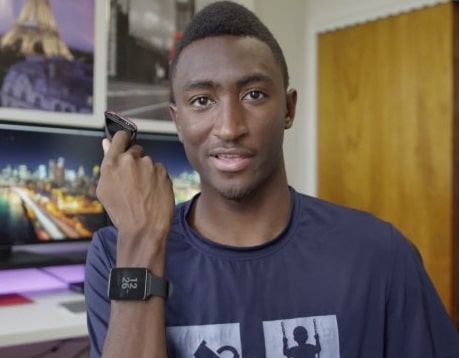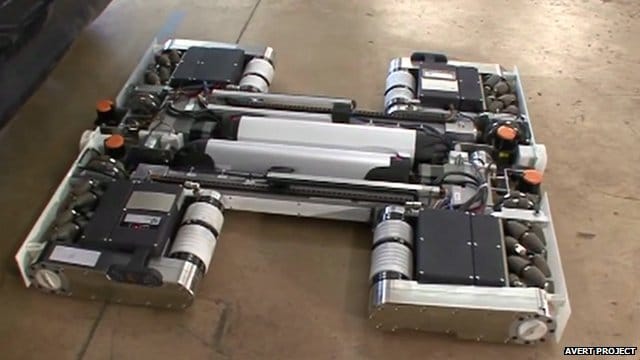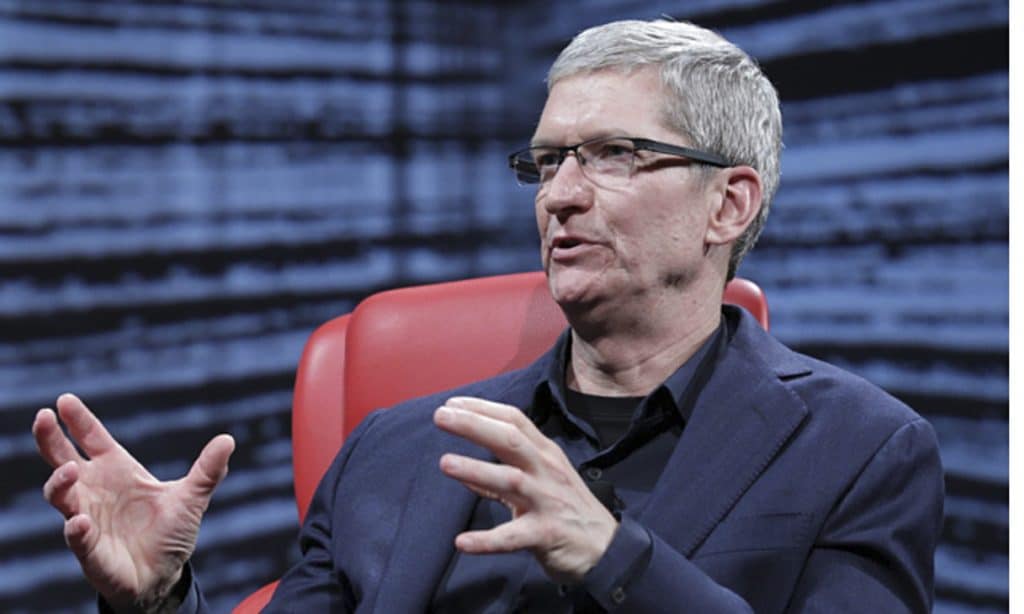In 2016, the Oculus Rift headset hits store shelves for virtual reality enthusiasts everywhere to enjoy.
In August 2012, the Oculus Rift began as a Kickstarter project that raised $2.4 million. The project was created by Palmer Luckey who wanted to create a device that would jump-start the virtual reality community.
According to Mashable writer Chelsea Stark, “The original Oculus Rift development kit (known as the DK1) featured a 1280 x 720 resolution screen, a 60-hertz refresh rate and no positional tracking. It was a working proof of concept, but Oculus VR iterated and released a second-gen development kit (the DK2) in summer of 2014.”
The 2014 version was a more improved model that included 1920 x 1080 screen resolution and a camera for positional tracking. That was just the beginning stage of the creation of the consumer model.
The changes will be on full display when the Oculus Rift is released. A specific date has not been announced for the release, and there is little known about the exact specifications the headset will have. There is only speculation at this time.
What we do know is that the Crescent Bay 2014 prototype has been receiving very good press. “Oculus’ Crescent Bay prototype blew our mind when we first tried it at Oculus Connect last September — a VR alien waved at our man Hayden Dingman and he instinctually waved back, reports Brad Chacos, senior editor for PCWorld.
The goal of the headset is to be compatible with video game consoles to provide an immersive experience. According to Oculus co-founder Nate Mitchell, it is very possible for the headset to be used for the X-Box and PlayStation.
Anticipation will continue to build as everyone waits for the release date to be revealed.

